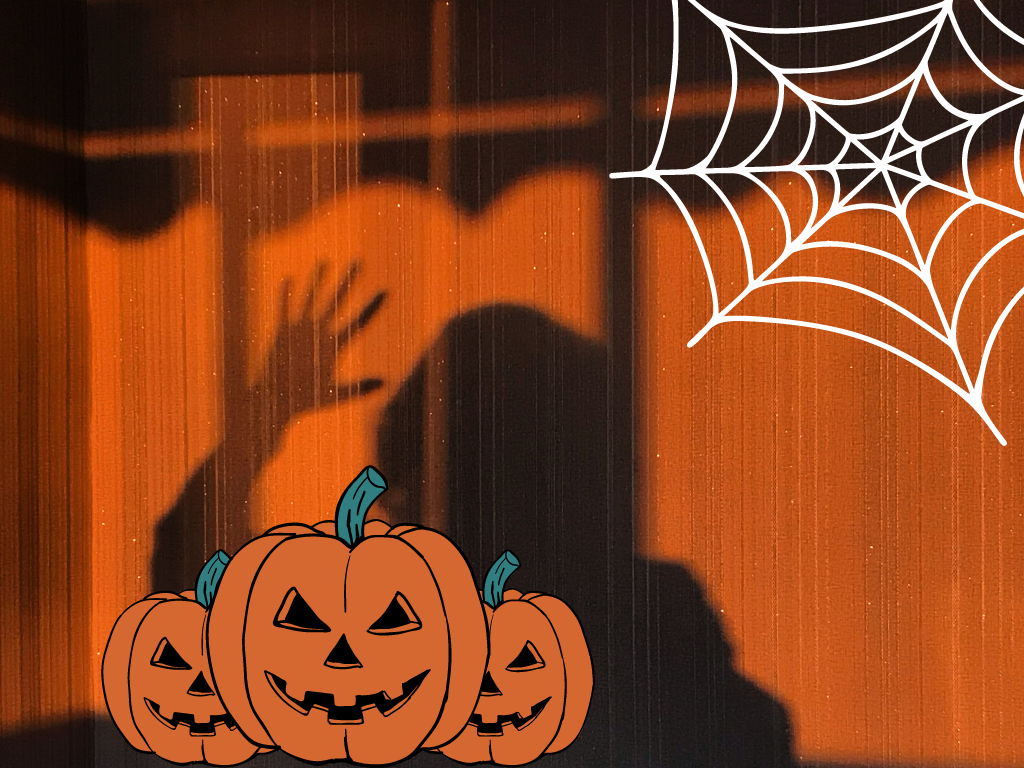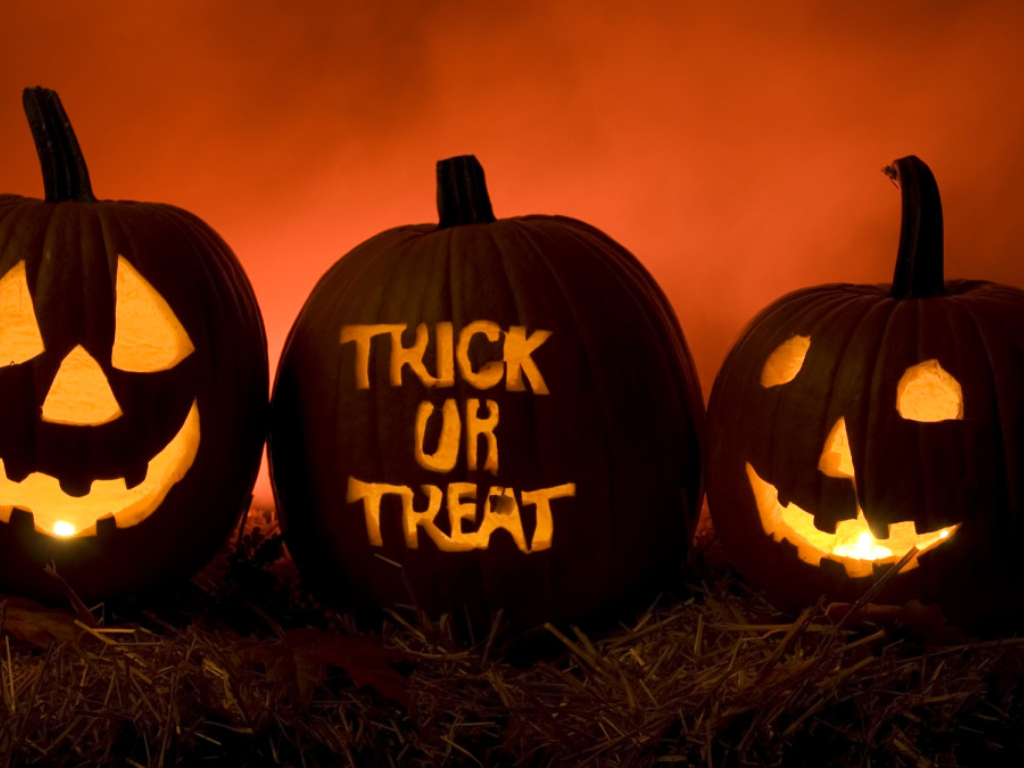In 2022, Halloween will take place on Monday, October 31. Halloween is a holiday celebrated every year on the 31st of October. Originally, the tradition dates back to the ancient Celtic festival of Samhain, during which people would light bonfires and wear costumes to ward off ghosts. Saints are honored on November 1 each year on account of the decree of Pope Gregory III in the eighth century.

Throughout the years, All Saints Day has incorporated some of the traditions of Samhain. Traditionally, the evening before All Hallows Eve was known as All Hallows Eve, and later as Halloween. Halloween has evolved into a day in which people go trick-or-treating, carve jack-o-lanterns, participate in festive gatherings, wear costumes, and consume treats.
Table of Contents
Ancient Origins of Halloween
In ancient Celtic cultures, Halloween is associated with the festival of Samhain (pronounced sow-in). On November 1, the Celts, who lived approximately 2,000 years ago, mostly in Ireland, the United Kingdom, and northern France, celebrated their new year.

On this day, the harvest season came to an end and the dark, cold winter began, a period often associated with death. According to the Celts, the line between the living and the dead becomes blurred on the night prior to the new year. Halloween, when the ghosts of the dead are believed to return to earth, was celebrated on the night of October 31.
The Celtic priests, known as Druids, believed that the presence of otherworldly spirits enabled them to make accurate predictions about the future, in addition to causing trouble and damaging crops. During the long, dark winter, prophecies were an important source of comfort for a people surrounded by a volatile natural environment.
As part of the celebration, Druids constructed large sacred bonfires, where the people burned crops and animals as sacrifices to the Celtic deities. Celts often wore costumes consisting of animal heads and skins during the celebrations and they attempted to tell the fortunes of each other.
At the end of the celebration, the people re-lit their hearth fires that they had extinguished earlier that evening from the sacred bonfire in order to protect them from the coming winter.
Have you ever heard of this? Halloween accounts for approximately one quarter of all candy sold annually in the United States.
In 43 A.D., the Roman Empire had conquered most of Celtic territory. Two Roman festivals were combined with the Celtic celebration of Samhain during the 400 years they ruled the Celtic lands.
Feralia was a Roman festival commemorating the passing of the dead that takes place in late October. As for the second day, it was dedicated to Pomona, the Roman goddess of fruits and trees. Pomona’s symbol is the apple, and this holiday’s incorporation into Samhain explains the tradition of bobbing for apples on Halloween today.
All Saints’ Day
On May 13, 609 AD, Pope Boniface IV dedicated the Pantheon in Rome in honor of all Christian martyrs, thereby establishing the Catholic feast of All Martyrs Day. The festival was later expanded to include all saints as well as all martyrs, and it was moved from May 13 to November 1.
During the ninth century, Christianity had spread into Celtic lands, where it gradually replaced older Celtic rites and blended with them. The Church of Jesus Christ established All Souls’ Day on November 2 in 1000 AD as a day to commemorate the dead. Today, it is commonly believed that the church attempted to replace the Celtic festival of the dead with a related, church-sanctioned holiday.
Similarly to Samhain, All Soul’s Day was observed by lighting bonfires, participating in parades, and dressing up in costumes to represent saints, angels, and demons. Halloween is also called All Saints’ Day, and the night before it, Samhain in the Celtic religion, is called All-Hallows Eve and, eventually, All-Hallows.
Halloween Comes to America
Because of the rigid Protestant belief systems in colonial New England, Halloween was not widely celebrated. In Maryland as well as the southern colonies, Halloween was a much more popular holiday.

With the merging of the beliefs and customs of different European ethnicities and the American Indians, a distinctively American version of Halloween began to develop. In the early days of harvest celebrations, “play parties” were held in the public arena to celebrate the occasion. Stories about the dead were shared among neighbors, fortunes were told between neighbors, and dances and songs were sung.
Are you aware of this? There is a growing trend of pet owners buying costumes for their pets. The number of Americans spending $490 million on costumes for their pets in 2019 has more than doubled from 2010.
A key feature of colonial Halloween celebrations was the telling of ghost stories and mischief-making. In the mid-19th century, annual autumn celebrations were common, but Halloween wasn’t yet widely celebrated.
As the 19th century came to a close, Americans were flooded with new immigrants. In particular, the millions of Irish immigrants who fled the Irish Potato Famine helped popularize Halloween throughout the country.
History of Trick-or-Treating
After borrowing from European traditions, Americans began to dress up in costumes and go door-to-door asking for food or money, a practice that eventually evolved into the “trick-or-treating” tradition of today. In the past, young women believed that by doing tricks with yarn, apple parings, or mirrors on Halloween they could determine the name or appearance of their future husband.

Halloween became more about community and neighborly gatherings in the late 1800s instead of ghosts, pranks, and witchcraft. Halloween parties were the most popular way to celebrate the occasion at the turn of the century, both for children and for adults. There were many games, food items of the season, and costumes that were worn at the parties.
In newspapers and community groups, parents were encouraged to refrain from displaying anything frightening or grotesque during Halloween celebrations. In the early 20th century, Halloween lost most of its superstitious and religious overtones as a result of these efforts.
Halloween Parties
In the 1920s and 1930s, Halloween had evolved into a secular holiday centered on community celebrations and parades, with town-wide Halloween parties as the primary entertainment. Vandalism plagued celebrations in many communities during this period despite the best efforts of many schools and communities.

After the 1950s, town leaders had succeeded in limiting vandalism and Halloween had become a holiday primarily aimed at children. During the fifties baby boom, parties were being held in classrooms or homes in order to accommodate the large number of young children who attended.
As a result of the revival of trick-or-treating in the 1920s and 1950s, a centuries-old tradition was also revived. Traditionally, trick-or-treating has been an affordable way for entire communities to participate in Halloween celebrations. By providing small treats to the neighborhood children, families could also prevent tricks from being played on them.
Hence, a new American tradition was born and continues to thrive today. Currently, Americans spend approximately $6 billion on Halloween annually, making it the second largest commercial holiday in the country after Christmas.
Halloween Movies
In terms of commercial success, scary Halloween movies have enjoyed a long history of success at the box office. Among the most popular Halloween movies is the “Halloween” franchise, based on the 1978 original film directed by John Carpenter that starred Donald Pleasance, Nick Castle, Jamie Lee Curtis, and Tony Moran.

In the movie “Halloween,” Michael Myers kills his 17-year-old sister, is jailed, and is able to escape only to reappear as a teen on Halloween night seeking out his old home and a new victim. Jamie Lee Curtis and Nick Castle starred in the direct sequel to “Halloween” released in 2018. In 2021, “Halloween Kills,” the twelfth film in the “Halloween” franchise in general, was released.

A classic horror film based on its spooky soundtrack, “Halloween” is credited with inspiring many iconic “slasher movies,” including “Scream,” “Nightmare on Elm Street,” and “Friday the 13,” among others. Among the more family-friendly Halloween movies are “Hocus Pocus,” “The Nightmare Before Christmas,” “Beetlejuice” and “It’s the Great Pumpkin, Charlie Brown.”
